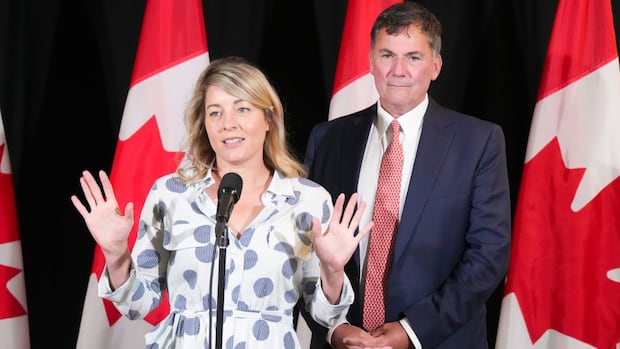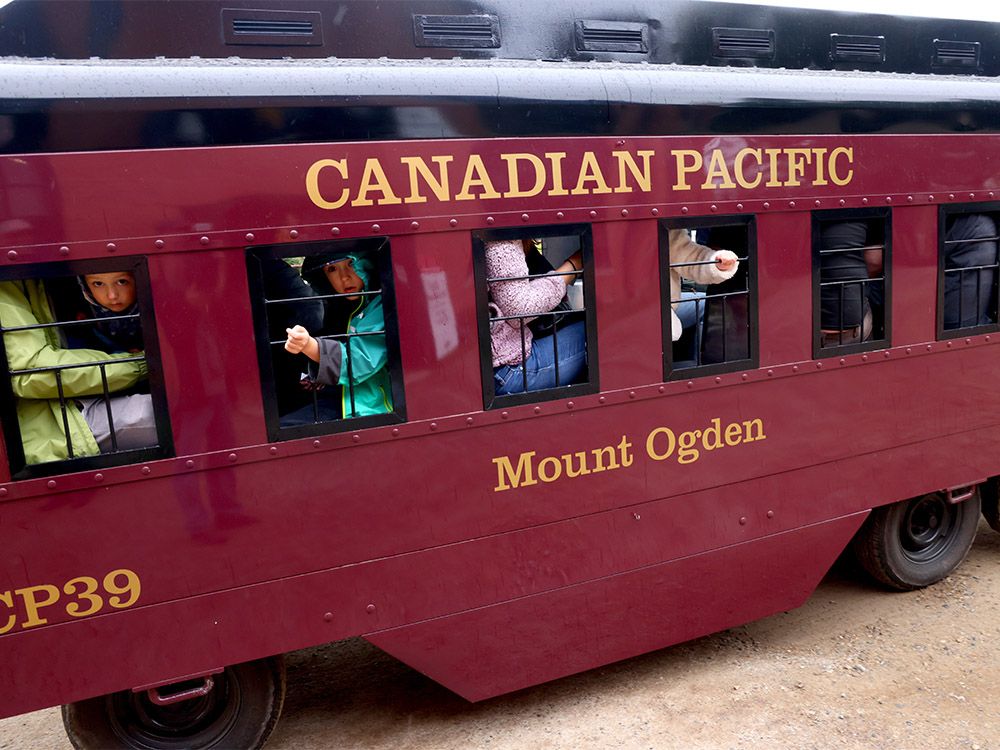Liberals pushed Trump as key election issue, but lost seats on front lines of the trade war

As Mark Carney concluded his victory speech on election night, he emphasized the need for Canadians to build an independent future amidst ongoing tensions with the U.S. administration. Despite positioning himself as the best candidate to handle President Donald Trump, Carney’s Liberals faced setbacks in key ridings on the front lines of the trade war, ultimately falling short of a majority.
Conservative Fred Davies, who unseated Liberal incumbent Vance Badawey in the riding of Niagara South, attributed his party’s success to addressing affordability issues that resonated with voters. The region, which has a strong manufacturing presence and borders the U.S., has historically been a competitive three-way race between the Liberals, NDP, and Conservatives. Davies’ focus on cost-of-living concerns, particularly in housing, struck a chord with voters struggling to make ends meet.
In neighboring Hamilton, a steel-manufacturing hub exposed to Trump’s tariffs, a similar narrative played out. Conservative Ned Kuruc defeated Liberal incumbent Chad Collins in the riding of Hamilton East-Stoney Creek, marking a shift in traditional political dynamics. With the collapse of the NDP vote, both Davies and Kuruc capitalized on the changing landscape by appealing to blue-collar voters and emphasizing affordability issues.
The trend of NDP voters migrating to the Conservatives was evident not only in Niagara and Hamilton but also in Windsor, the heart of Canada’s auto sector. For the first time in nearly a century, the Conservatives swept the Windsor area, unseating long-standing incumbents and securing victories in key ridings. The collapse of the NDP vote and the Conservatives’ effective ground game were cited as contributing factors to their success in these regions.
Despite losing crucial seats in Niagara, Hamilton, and Windsor, the Liberals saw an increase in their vote share from the previous election. The issue of tariffs and the broader implications of the trade war with the U.S. struck a chord with voters, highlighting the importance of economic stability and independence in shaping the future of the country.
As the dust settles from the election, the focus now shifts to the formation of a new cabinet and navigating the complex political landscape. The results in these key ridings underscore the shifting alliances and priorities of Canadian voters, emphasizing the need for strategic leadership and a forward-thinking approach to governance.




